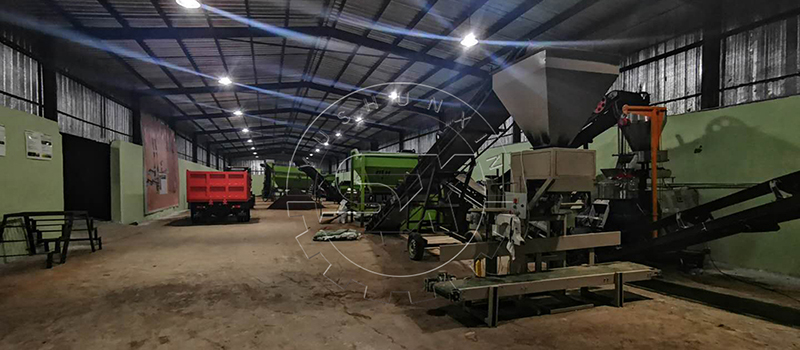Introduction
As demand for organic agriculture grows, more producers are turning to biofertilizer granulators to convert composted organic matter into uniform, market-ready pellets. But not all granulators are created equal. Whether you’re upgrading a plant or building one from scratch, choosing the right biofertilizer granulator for sale can directly impact your production efficiency, cost structure, and product quality.
1. What Is a Biofertilizer Granulator?
A biological fertilizer pelletizer is a machine used to transform fermented organic waste — such as composted manure, crop residues, or digestate — into dense, uniform granules. These granules are easier to store, transport, and apply to soil, ensuring even nutrient release and improved soil health.
Common types include:
-
Disc granulators – Cost-effective and ideal for small-scale lines
-
Drum granulators – Suitable for medium to large volumes
-
Roller compactor granulators – A dry granulation solution with no drying step required
Each type has its own application scenario, depending on raw materials, moisture content, and desired granule shape. If you don’t know how to choose a granulator to produce biofertilizer granules, welcome to consult YUSHUNXIN!

2. Why Choosing the Right Granulator Matters
Many buyers focus only on output capacity or price, but here are deeper factors to consider:
-
Material Compatibility: Does your raw material contain fibers, high moisture, or microbial additives? Choose equipment accordingly.
-
Granule Size Control: For uniform pellets (2–5mm), choose machines with adjustable disc angles or precision rollers.
-
Energy & Maintenance: Over-designed machines waste power; under-designed machines break down. Strike the right balance.
-
Integration with Your Line: Your granulator must match the feeding, drying, screening, and packaging systems.
Choosing right means fewer breakdowns, higher granule quality, and faster ROI.
3. Who Is This Equipment For?
We recommend our biofertilizer granulators for:
-
Organic fertilizer factories seeking to automate and scale production
-
Livestock farms converting manure into valuable products
-
Entrepreneurs starting eco-friendly fertilizer businesses
-
Municipal or NGO-backed compost-to-pellet programs
Our systems are modular, meaning they can be customized for 1–20 t/h capacity and upgraded over time.
Conclusion
A biofertilizer granulator isn’t just a machine — it’s the engine of your organic fertilizer business. The right equipment ensures not only higher yield but also cleaner operation, better granule quality, and long-term profitability. Welocome to visit : https://www.biofertilizerproduction.com/product/bio-fertilizer-granulator/
